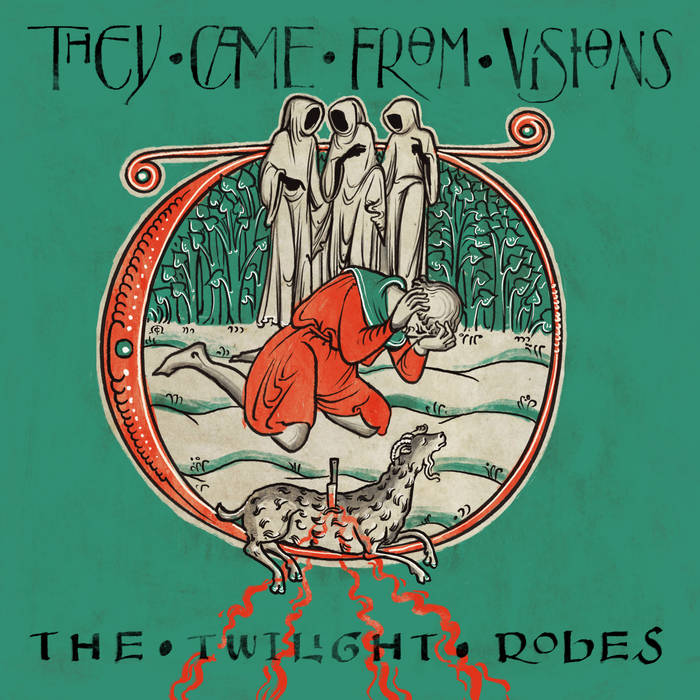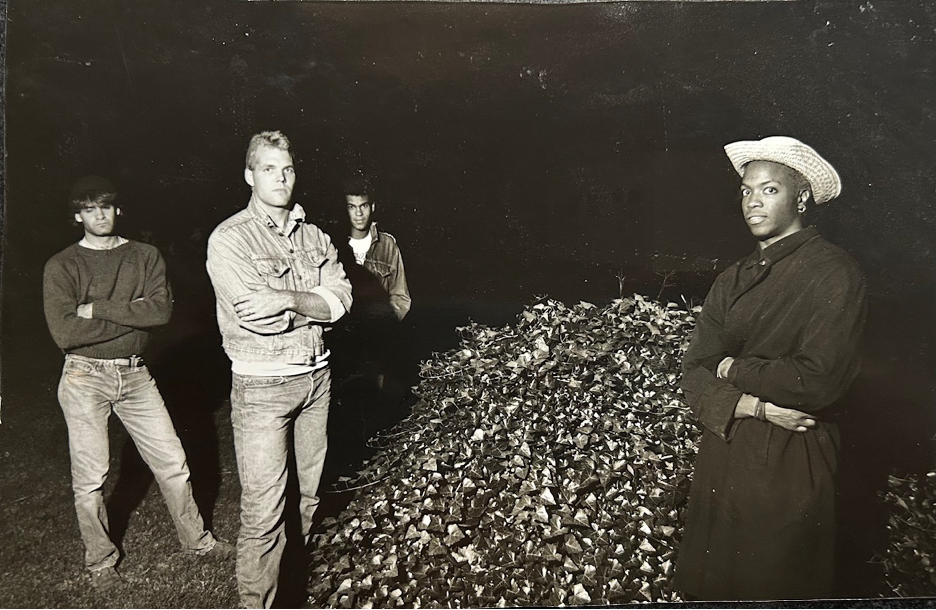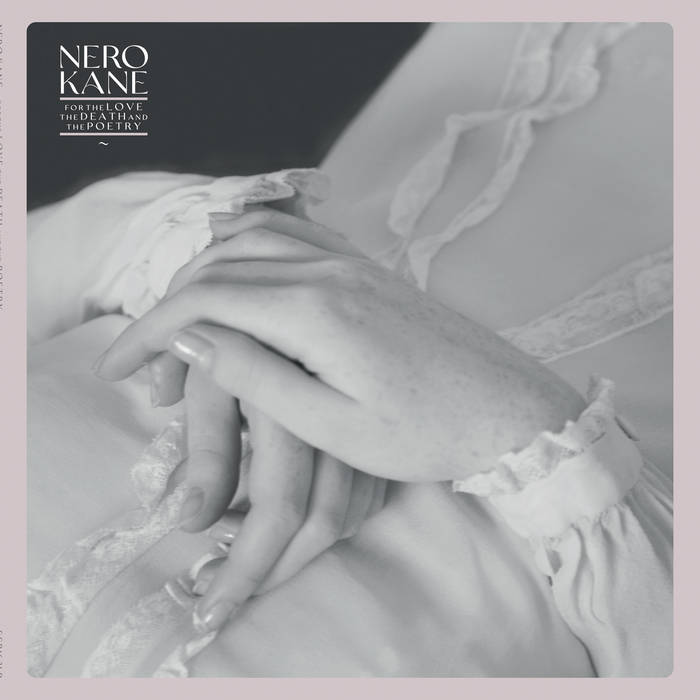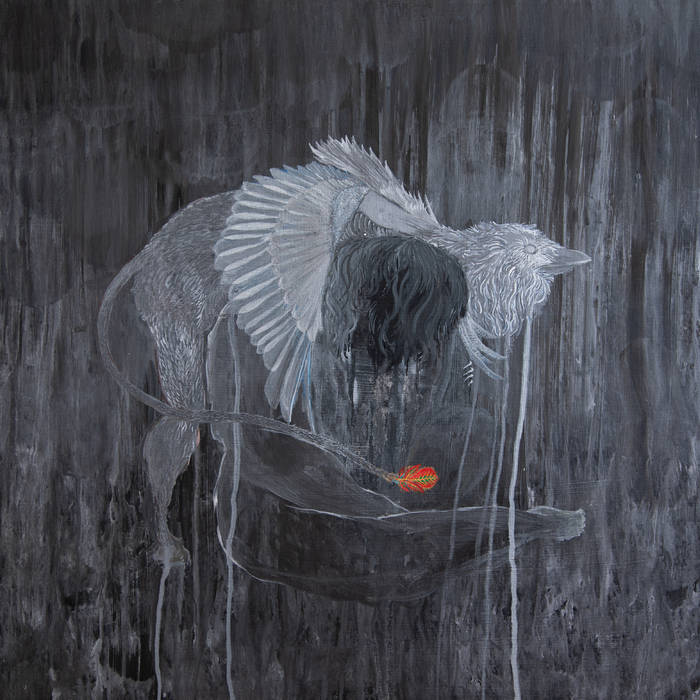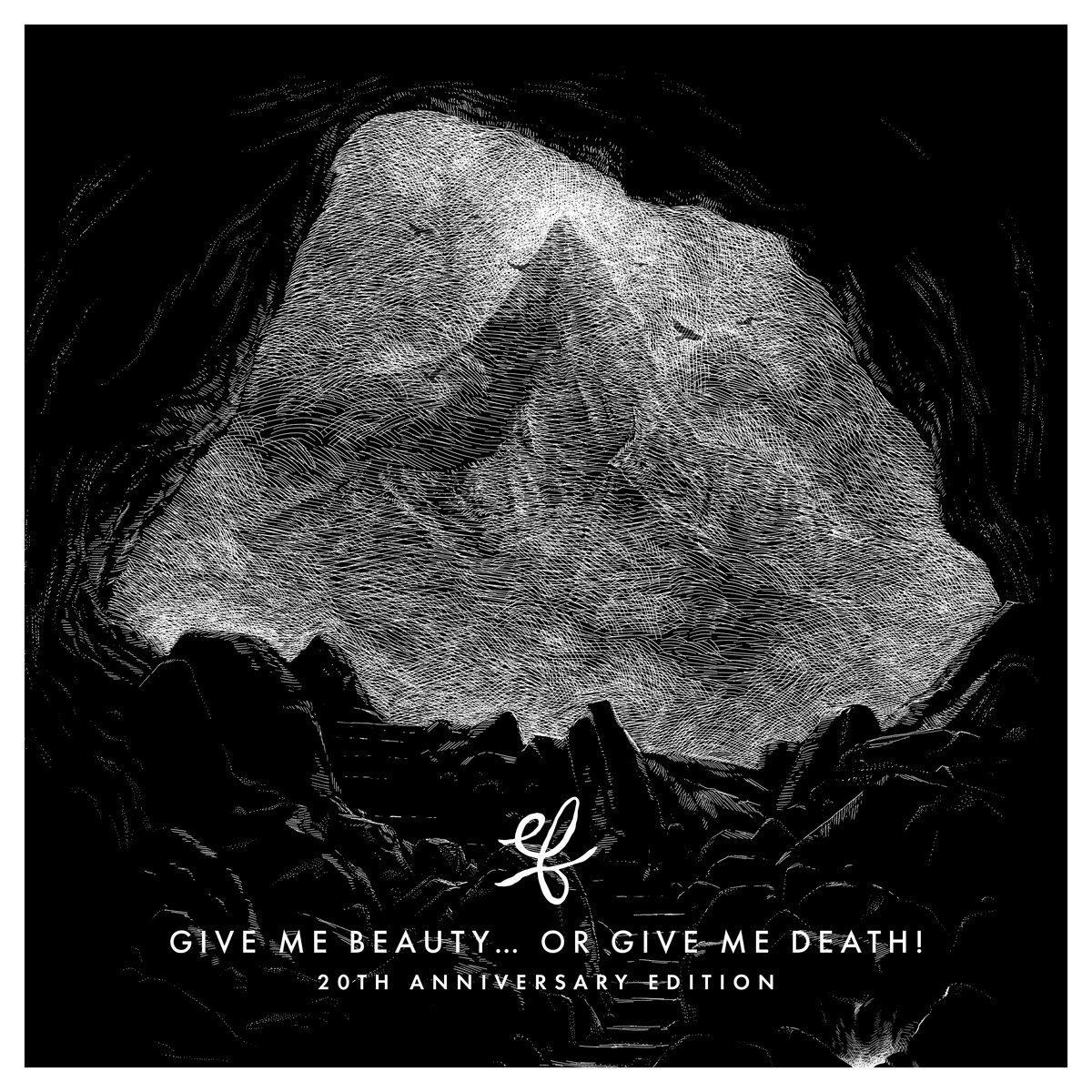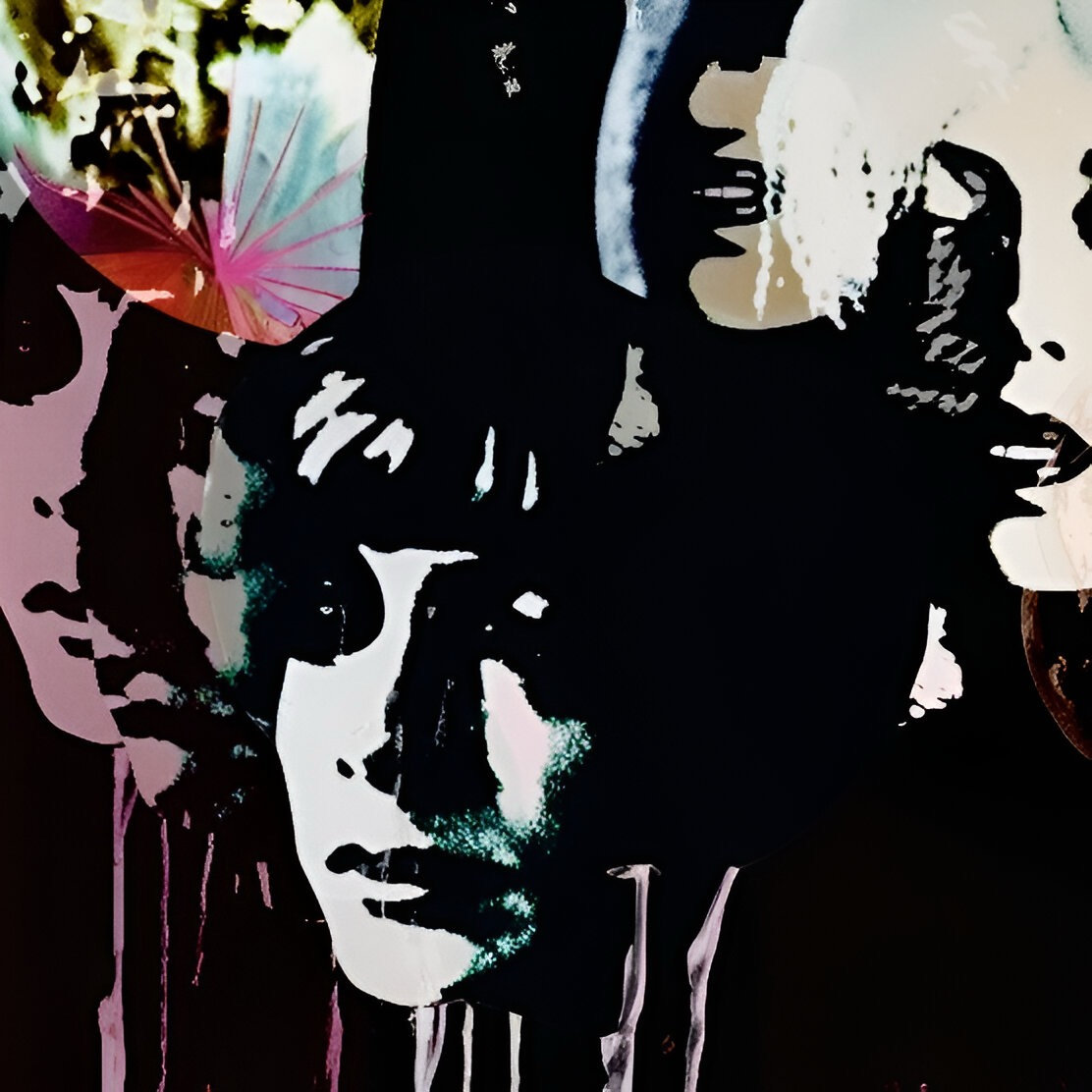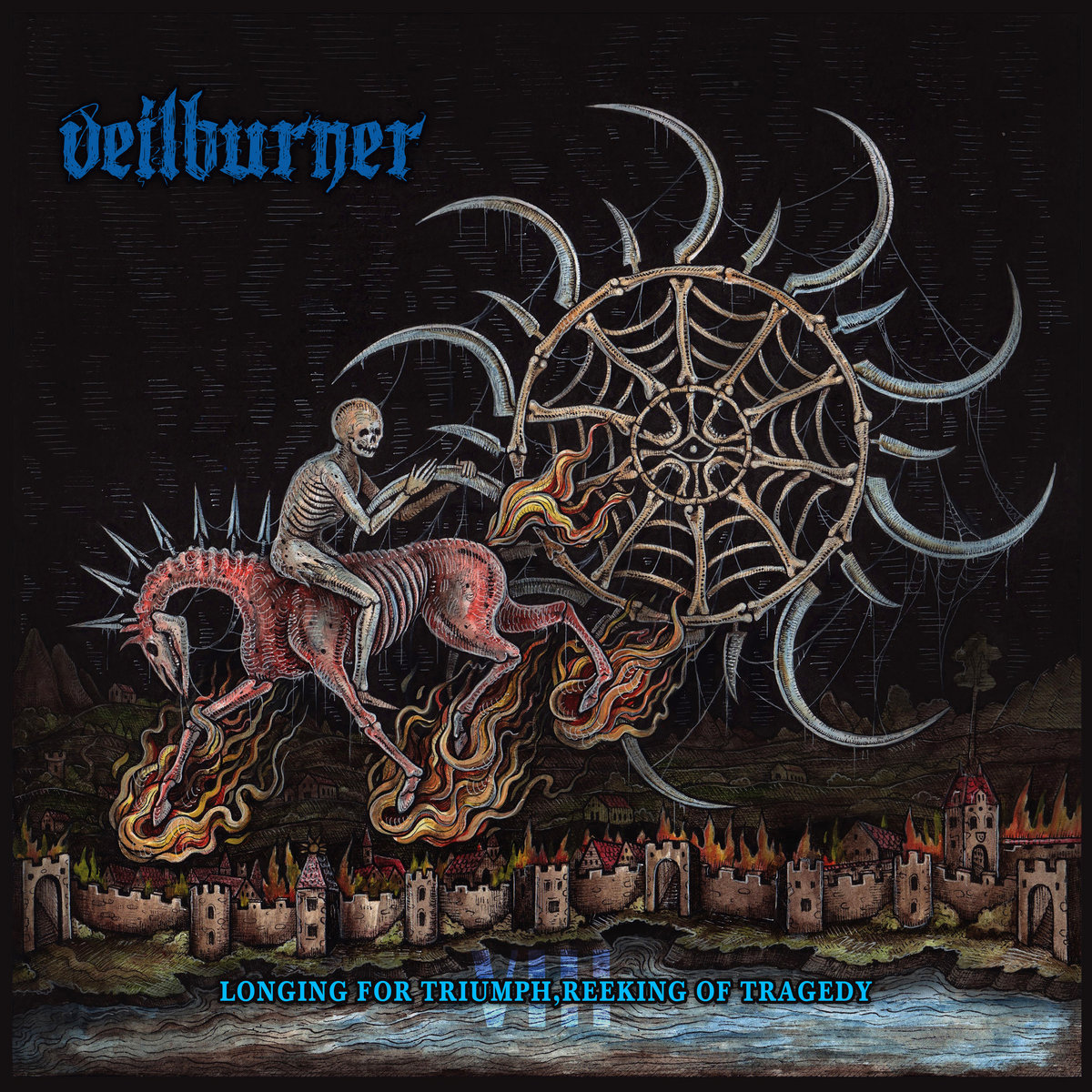Dear VoS Ultras, is an artist with a recent feature in the New York Times even still underground enough for this platform? In case of Kali Malone I would say yes, since despite almost unanimous critical praise the composer/organist still operates at the minimalistic fringes of every musical realm she touches.
The last release of the American residing in Sweden I reviewed here was Living Torch, a rather short affair mixing electronic and organic elements on a foundation of sine wave generators and modular synths. Her next album, last year’s Does Spring Hide Its Joy caused a much larger stir among critics. It was a three hours long behemoth of glacial Ambient Drone featuring Malone herself on oscillators again, joined by Lucy Railton on cello and Sunn O))) member and runner of the Ideologic Organ label Stephen O’Malley on guitar. A challenging yet rewarding listening experience, which even put the size of the last two ginormous Funeral Doom masterpieces of Bell Witch into perspective.
Now, on All Life Long she continues to work with O’Malley, yet in a different way, while she returns both to her regular instrument, the pipe organ, and a more traditional approach of Classical composition. Or so it seems at first.
With almost eighty minutes playing time this album is obviously also one which demands a certain commitment. It’s a collection of recordings made between 2020 and 2023 in various places and in three different constellations; Firstly we have choir chants performed by the Macadam Ensemble, a quartet of bass, bariton, tenor and counter-tenor voices inside the Chapel of the Immaculate Conception in Nantes, France. Secondly there are brass compositions for trumpets, French horn and trombones, performed by Anima Brass at Bunker Studios, New York City. And last but not least - and in fact building the biggest blocks of the album - are the pure pipe organ pieces, recorded in the Netherlands, Switzerland and Sweden, played either by Kali Malone alone or together - on either one or two instruments - with Stephen O’Malley.
So spread over twelve tracks there’s quite a variety of approaches at play. Yet still the album barely seems to move at all, since the overall tempo is slow (as in watching the seasons change while listening slow) and the compositional techniques are very uniform. The title track and “No Sun To Burn” are even reprised in alternative versions with another instrumentation. But also beyond those unmissable examples many themes are reappearing in slightly altered shape throughout the whole album. All Life Long is endlessly creeping through harmonic cycles and notes held to infinity, stretching to points where you give up all preconceptions of how this music should be structured and how long it should last. This applies especially for the organ tracks, where the most unhasting crescendos possible are reached, while both the liturgic chorales and the wind instrument tracks are easier digestible due to their comperatively lighter canonic variations respectively being shorter and closer to what most people would conceive as more conventional in sound.
But when I wrote about Malone taking a traditional approach earlier, this only referred to the array of tools utilized to create this work, not particularly the way she handles those tools, both as a performer (where she naturally brings to mind Anna von Hausswolff’s experimental pipe organ exploration All Thoughts Fly) and as a composer. All Life Long doesn’t cater to the established comfort zones a regular listener of the featured constellations would expect. And of course already the involvement of Drone specialist Randall Dunn in the recording and mix indicates that there’s something fishy going on, right?
Kali Malone’s choices don’t stem from a need to replicate intellectual formulas dictated by music history, but are much more centered around the pure unfiltered, direct emotional impact of the instruments and voices. Yet unlike most music you’d describe as highly emotional, her work is neither obviously blunt nor grand but mysterious about it. Instead she very precicely and meticulously aims at creating a very distinct state of vibrant, fluctuating resonance, which we all know, but seldom explicitly express in words or find reflected in sound with such a consequence and clarity.
The paradox of an infinite string of unique moments informing the repetitive nature of being. “The Unification of Inner and Outer Life” as the last track’s title suggests? That’s probably impossible. But this album might help getting closer to that goal. Music triggering the weight and scale of the human experience.



